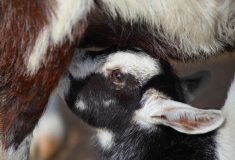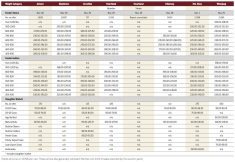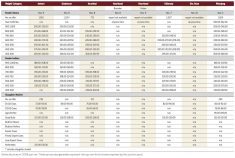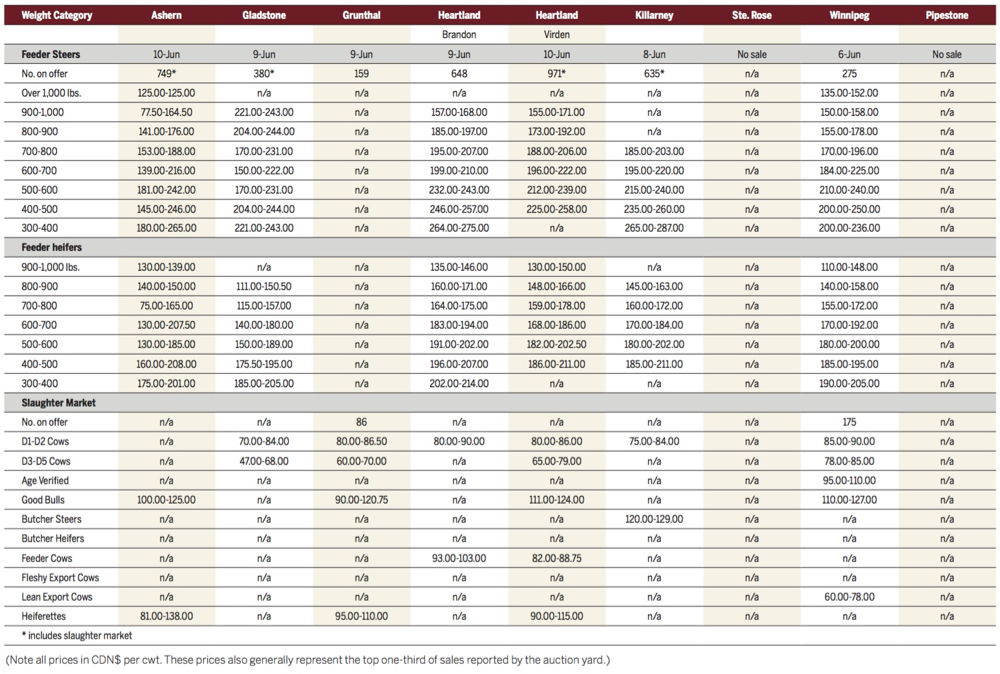With fall heading quickly to winter, sheep and goat producers continue to eye herd quality when marketing their animals.
Information from Eastern Canada markets suggests there’s still strong demand for animals in all weight classifications, and producers responded by bringing 500 sheep and goats to markets Oct. 19 at Winnipeg Livestock Auction.
There appeared to be no price difference between wool and hair ewes or whether the ewes were sheared. The extreme woolly ewes received slightly lower bidding, but overall buyer selection could be favourable for any animal, for any purpose.
Read Also
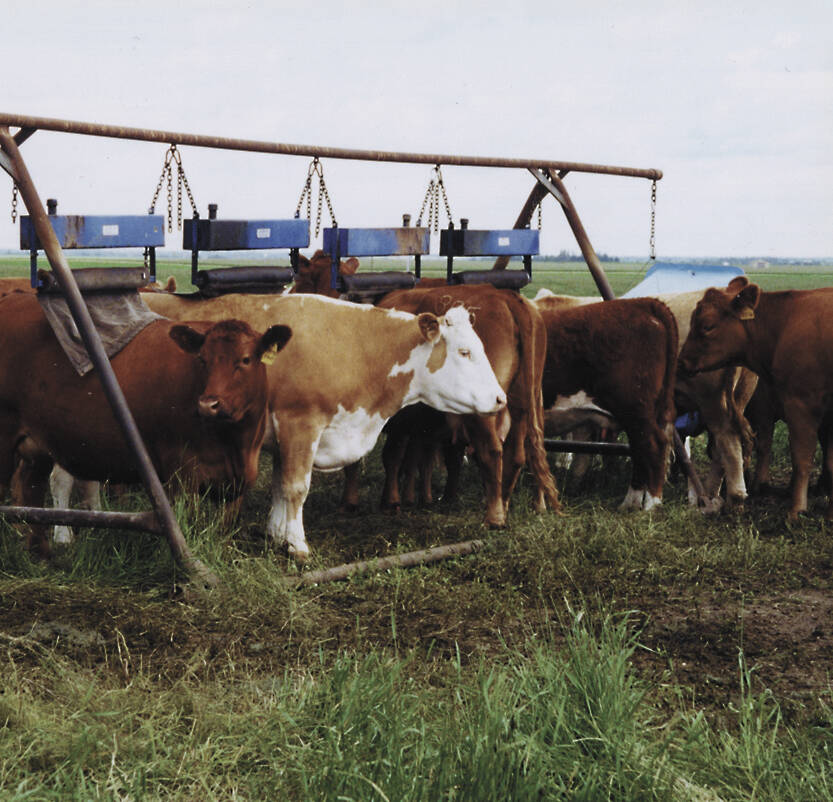
Shifting standards on cattle parasite control
Parasite product resistance has more farmers and veterinarians thinking differently about how to control issues like lice or worms.
The hair rams represented the classification and the buyers were more selective, even with extremely limited availability.
There were no heavyweight lambs.
Market lambs that showed quality received the bidding. Those lambs that were not fleshy were viewed as unfinished product — requiring extra work.
The feeder lambs showed that the buyers were not interested in the lower-weight lambs at this sale. The feeder lambs could not maintain with the price bidding of the market lambs, yet, the lightweight lambs produced stronger interest by the buyers. There did not appear to indicate any price differences between wool and hair lightweight lambs at this sale.
The 70-plus-pound lambs with quality were slightly lower than the feeder lambs. Eight 71-pound Katahdin-cross lambs were of little interest to the buyers so lower bidding resulted. These lambs brought $1.475 per pound.
The 60-plus-pound lambs maintained this range of prices, at this sale, with prices from $1.67 to $1.79 per pound.
The 50-plus-pound lambs could not maintain the bidding prices. Buyers showed their judgment on the direct use of these lighter lambs. Nine Katahdin-cross lambs brought $1.55 per pound. Two 53-pound Suffolk-cross lambs brought $1.675 per pound.
The 40-plus-pound lambs were represented by hair lambs at this sale. A group of 12 48-pound Katahdin- and Dorper-cross lambs brought $1.475 per pound. A 45-pound Dorper-cross lamb brought $1.25 per pound.
The 30-plus-pound lambs were represented by hair lambs as well. Three 35-pound Katahdin-cross lambs brought $1.16 per pound. Three 33-pound Dorper-cross lambs brought $1.30 per pound.
Some buyers were looking into increasing or improving their herds. There appeared to be quality in some of the Boer-cross goat does for future purposes. The judgment of the buyers created some good bidding.
Limited number of goat bucks has assisted in maintaining the price bidding. Dairy goat bucks were represented by Nubian-cross goats, with three cross-bucklings showing good uniformity and body structure.
The goat kid classification maintained the strong bidding as there has been limited supply. The demand appears to be constant while supply fluctuates. The extreme lightweight goat kids were of little interest to the buyers at this sale.




